#BonsaiNews: Hugely popular bonsai species, Juniper Procumbens, transformed
'NOTHING more than a magical green carpet,' this was literally the first thought that popped into my mind as I for the first time started working with what I believe has got to be the most irritating species of Juniper - and there are more than 76 species of this shrub/tree in the cypress family.
Head to any nursery you like, they don't even have to specialise in bonsai for you to be able to get your hands on one of these 'magical green carpets'.
Magical because, I believe they are very difficult to kill - except if you are a plant butcher who somehow has the inherent ability to slaughter innocent plants.
Irritating because their needles can be quite pointy.
Needless to say, I have come to love the sheer flexibility with these species of tree/shrub and, if you are looking at getting your hands dirty for the first time with bonsai, this might just be the right place to start.
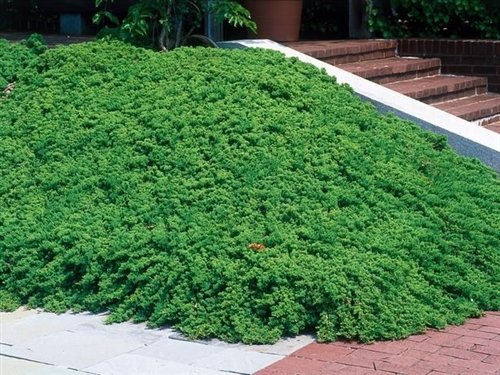
ALSO READ: #BonsaiNews: What's so great about Juniper bonsai? Simply; Everything!
Now, one of the Junipers I've been allowing to settle for quite a few years now is the one below.
Roughly, this 'tree' is about five or six years old and, was allowed to grow freely until I potted it earlier this year around March - I left it until the weekend to settle after the potting so as to allow the roots to take some firm grip before I actually got around to styling it.
During that time, I did do some occasional pruning to ensure that when the time came, I could simply go about what I wanted to do with the tree so as not to shock it too much. One should never force too much work onto a bonsai as the effects can be catastrophic regardless of which species you are working with.
Winter has come, so strictly speaking, I view this as the best time for styling as the tree is pretty dormant during this time.
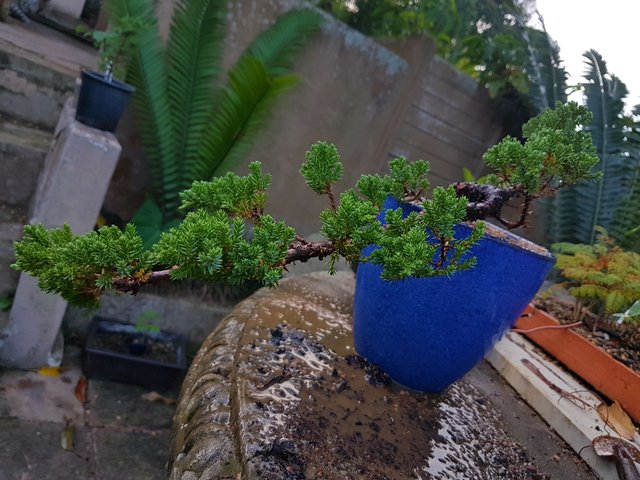
As you can see, some work was done prior to potting the tree above, some minor pinching of new growth and existing growth to keep the tree in shape.
When I had the tree growing freely, one of the larger, upward growing branches got damaged and had to be removed however, the growth I've seen returned into the tree has been worth the sacrifice and will greatly add to the overall aesthetic value of the plant in a good few years - perhaps as many as ten years or so.
So what was I going to do with this plant: Many ideas were suggested by friends and family alike of which the most common suggestion was to cascade the tree but, I had other plans in mind as I started thinking of the possibilities some time ago.
Bring on the 'Ikadabuki' moment:
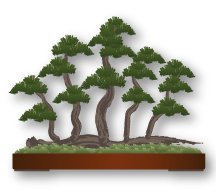
In nature, at times, trees are severely damaged through harsh elements causing them to break and fall, or simply become uprooted and fall flat down to the earth.
If the tree has a strong root support system, it may recover in its downward position and new growth or existing growth will of course then continue growing upward - my description of this is probably tacky at best but you should get an idea of what I am talking about.
Now, this tree had at the time probably attempted telling me subconsciously just what its future was while I deep down always knew what I wanted to do, hence Ikadabuki, or better known today as a 'raft style'.
I set to work carefully selecting which branches I wanted to keep and of course, which I did not. I knew full well that I would leave the growth at the opposite ends of the tree alone as I would continue to add more 'trees' in the years to come by utilising the new growth.
First and most importantly, although not part of the raft style, I wanted to give the tree a weathered look by stripping some of the bark off the branches in order to create some deadwood, adding a sense of age.
ALSO READ: #BonsaiNews: The art of Jin and Shari, an expert's technique at illusion of age [UPDATE]
By the time the bark was removed safely, I treated it (very carefully!!!) with lime sulfur so as to avoid any possible infection.
Thereafter, I continued working on removing some of the growth I no longer needed in order to also better wire the tree and its branches and, within a matter of about an hour, I was done.
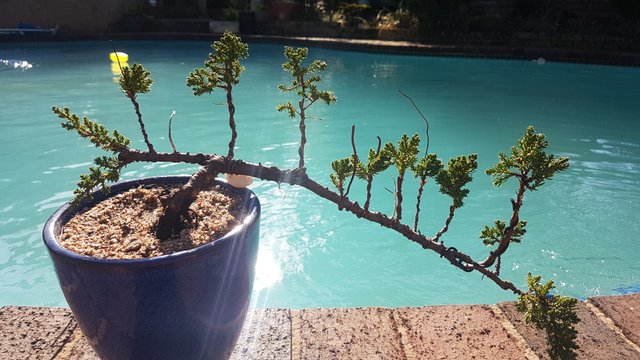
Above is an image showcasing the effort and, within the coming years, more work will be put into the tree to create 'cloud' formations using new growth which will be wired to grow sideways while maintaining the overall upward growth of each branch.
Some pieces of wire were left uncut so as to make some more changes as the time comes.
Although it doesn't look like much at the moment, the effort is sure to pay off and given some time, the tree, I'm sure, will look marvelous.
Happy Steeming.
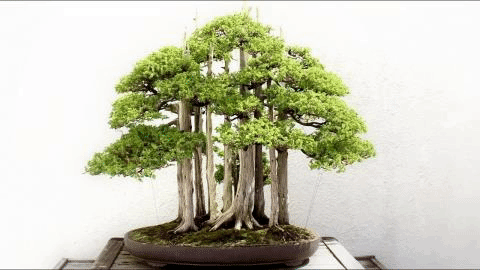
Do you write content related to bonsai or horticulture - check out the details below:
JOIN OUR #BonsaiCommunity | #TeamBonsai | #TeamHorticulture: (Discord Invite Link: https://discord.gg/nAWEDpK )
The known #BonsaiCommunity | #TeamBonsai | #TeamHorticulture members include (and you should follow them for cool content):
@creativetruth | @daniellozada | @romanolsamuels | @bonsaiaustin | @imagendevoz | @synekto | @shadowolfdg | @mrbloom | @willymac | @mattlovell
Comment below with your handle and, if you post bonsai/horticulture related content your handle could appear above.
Really liked it as a cascade, especially in that beautifully contrasting blue pot. Fundamentalists might say the pot is too pretty for the tree. Bah!
However, you have been rapidly redesigning this tree into something new. I think it will take a long while to get it into a presentable form, but I think you can do it.
I have a hard time with this kind of prickly juniper. The tips are always crisping up and yellowing, and it's so sharp I almost never want to prune it. Pinching it is best, but painful! I think I'm doing everything wrong with it. It might be the type of tree that grows better in ground in my climate. They grow practically everywhere in people's yard landscapes with zero maintenance.
I loved it as a cascade as well. But I have high hopes for this tree's future and as for the pot, yes. Way too good for the tree itself but it will grow into it.
I kid you not, I was bleeding while working on this tree. Strangely, my junipers don't brown at all unless of course they start dying. This has only happened twice before. The junipers I have are mostly a dark shade of green, however some have turned dark a shade of dark blue/green.
The below tree (same species) is now four years old and was worked on last weekend - in recovery at the moment (I'll take a new photo of it and post in the morning to show what it looks like now). Should also take a good few years to be near presentation-worthy. I do love the slight curve it has and will at a later stage continue to add another bend to it.
The last one I worked one before any of them, I am going to try and turn into something resembling the below bonsai.
Also, still years away from resembling anything of the sort but as always, we have to start early on. This is what it looked like before I put it in a larger pot
As a follower of @followforupvotes this post has been randomly selected and upvoted! Enjoy your upvote and have a great day!